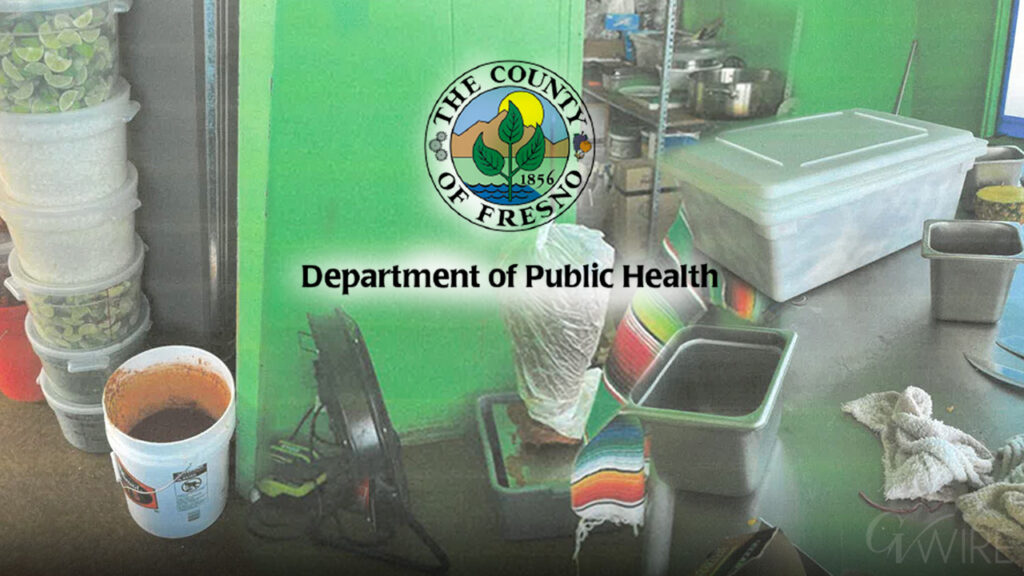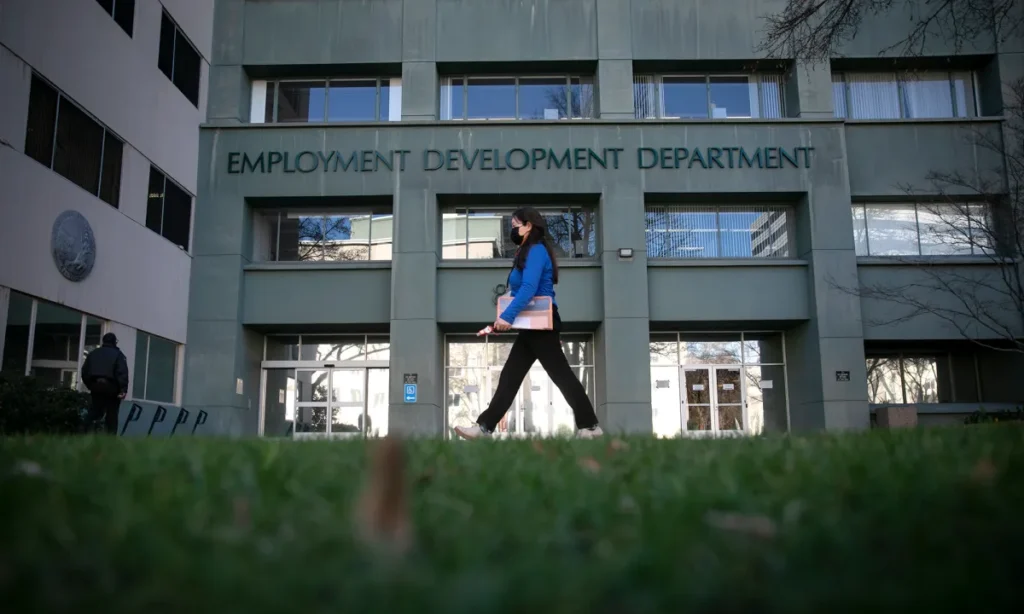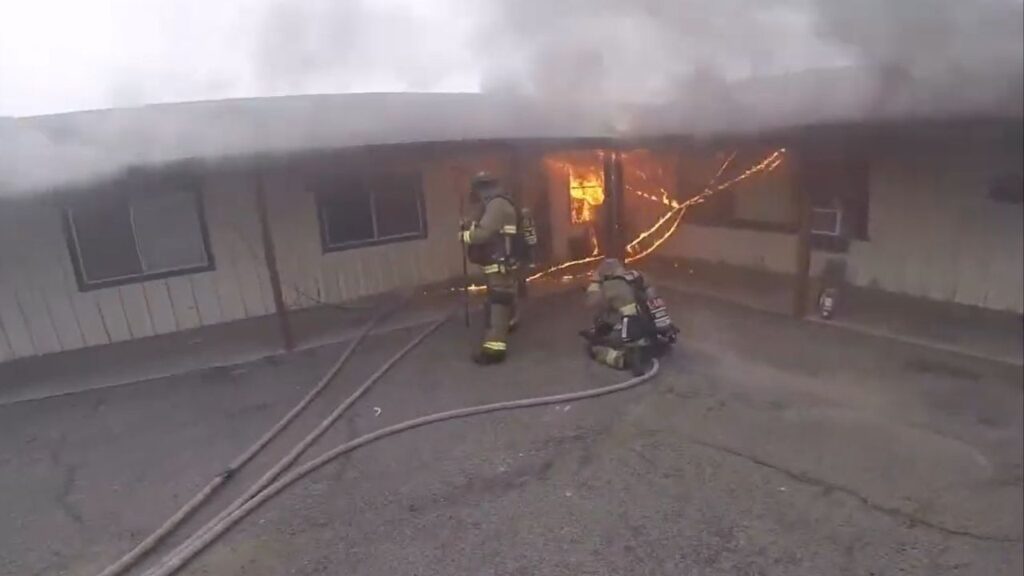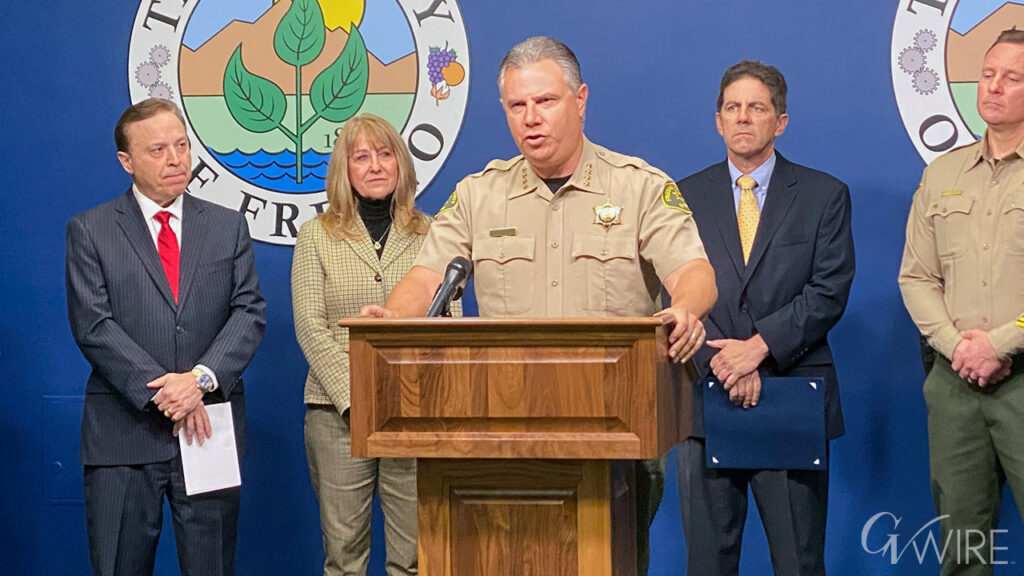For the third year, California's commercial salmon fishing is closed due to collapsing Chinook populations, raising fears about their future. (Shutterstock)

- Officials closed California's commercial salmon season for the third consecutive year amid dwindling fish numbers.
- Limited recreational salmon fishing will be allowed briefly, the first sportfishing permitted since 2022.
- Habitat loss, water diversions, and climate change threaten the long-term survival of California's salmon runs.
Share
This story was originally published by CalMatters. Sign up for their newsletters.
Facing the continued collapse of Chinook salmon, officials today shut down California’s commercial salmon fishing season for an unprecedented third year in a row.
Under the decision by an interstate fisheries agency, recreational salmon fishing will be allowed in California for only brief windows of time this spring. This will be the first year that any sportfishing of Chinook has been allowed since 2022.
Tuesday’s decision by the Pacific Fishery Management Council means that no salmon caught off California can be sold to retail consumers and restaurants for at least another year. In Oregon and Washington, commercial salmon fishing will remain open, although limited.
“From a salmon standpoint, it’s an environmental disaster. For the fishing industry, it’s a human tragedy, and it’s also an economic disaster,” said Scott Artis, executive director of the Golden State Salmon Association, an industry organization that has lobbied for river restoration and improved hatchery programs.
The decline of California’s salmon follows decades of deteriorating conditions in the waterways where the fish spawn each year, including the Sacramento and Klamath rivers.
California’s salmon are an ecological icon and a valued source of food for Native American tribes. The shutdown also has an economic toll: It has already put hundreds of commercial fishers and sportfishing boat operators out of work and affected thousands of people in communities and industries reliant on processing, selling and serving locally caught salmon.
California’s commercial fishery has never been closed for three years in a row before.
Some experts fear the conditions in California have been so poor for so long that Chinook may never rebound to fishable levels. Others remain hopeful for major recovery if the amounts of water diverted to farms and cities are reduced and wetlands kept dry by flood-control levees are restored.
This year’s recreational season includes several brief windows for fishing, including a weekend in June and another in July, or a quota of 7,000 fish.
Jared Davis, owner and operator of the Salty Lady in Sausalito, one of dozens of party boats that take paying customers fishing, thinks it’s likely that this quota will be met on the first open weekend for recreational fishing, scheduled for June 7-8.
“Obviously, the pressure is going to be intense, so everybody and their mother is going to be out on the water on those days,” he said. “When they hit that quota, it’s done.”
One member of the fishery council, Corey Ridings, voted against the proposed regulations after saying she was concerned that the first weekend would overshoot the 7,000-fish quota.
Davis said such a miniscule recreational season won’t help boat owners like him recover from past closures, though it will carry symbolic meaning.
“It might give California anglers a glimmer of hope and keep them from selling all their rods and buying golf clubs,” he said.
“It continues to be devastating. Salmon has been the cornerstone of many of our ports for a long time.”
Sarah Bates, commercial fisher based in San Francisco
Sarah Bates, a commercial fisher based at San Francisco’s Fisherman’s Wharf, said the ongoing closure has stripped many boat owners of most of their income.
“It continues to be devastating,” she said. “Salmon has been the cornerstone of many of our ports for a long time.”
She said the shutdown also has trickle-down effects on a range of businesses that support the salmon fishery, such as fuel services, grocery stores and dockside ice machines.
“We’re also seeing a sort of a third wave … the general seafood market for local products has tanked,” such as rockfish and halibut. She said that many buyers are turning to farmed and wild salmon delivered from other regions instead.
Davis noted that federal emergency relief funds promised for the 2023 closure still have not arrived. “Nobody has seen a dime,” he said.
Fewer returning salmon
Before the Gold Rush, several million Chinook spawned annually in the river systems of the Central Valley and the state’s northern coast. Through much of the 20th century, California’s salmon fishery formed the economic backbone of coastal fishing ports, with fishers using hook and line pulling in millions of pounds in good years.
But in 2024, just 99,274 fall-run Chinook — the most commercially viable of the Central Valley’s four subpopulations — returned to the Sacramento River and its tributaries, substantially lower than the numbers in 2023. In 2022, fewer than 70,000 returned, one of the lowest estimates ever.
About 40,000 returned to the San Joaquin River. Fewer than 30,000 Chinook reached their spawning grounds in the Klamath River system, where the Hoopa, Yurok and Karuk tribes rely on the fish in years of abundance.
The decline of California’s salmon stems from nearly two centuries of damage inflicted on the rivers where salmon spend the first and final stages of their lives. Gold mining, logging and dam construction devastated watersheds. Levees constrained rivers, turning them into relatively sterile channels of fast-moving water while converting floodplains and wetlands into irrigated farmland.
Today, many of these impacts persist, along with water diversions, reduced flows and elevated river temperatures that frequently spell death for fertilized eggs and juvenile fish.
The future of California salmon is murky
Peter Moyle, a UC Davis fish biologist and professor emeritus, said recovery of self-sustaining populations may be possible in some tributaries of the Sacramento River.
“There are some opportunities for at least keeping runs going in parts of the Central Valley, but getting naturally spawning fish back in large numbers, I just can’t see it happening,” he said.
Jacob Katz, a biologist with the group California Trout, holds out hope for a future of flourishing Sacramento River Chinook. “We could have vibrant fall-run populations in a decade,” he said.
That will require major habitat restoration involving dam removals, reconstruction of levee systems to revive wetlands and floodplains, and reduced water diversions for agriculture — all measures fraught with cost, regulatory constraints, and controversy.
“There are some opportunities for at least keeping (salmon) runs going in parts of the Central Valley, but getting naturally spawning fish back in large numbers, I just can’t see it happening.”
Peter moyle, uc davis fish biologist
State recovery efforts
State officials, recognizing the risk of extinction, have promoted salmon recovery as a policy goal for years. In early 2024, the Newsom administration released its California Salmon Strategy for a Hotter, Drier Future, a 37-page catalogue of proposed actions to mitigate environmental impacts and restore flows and habitat, all in the face of climate change.
California Department of Fish and Wildlife Director Charlton H. Bonham said the decision to allow limited recreational fishing “brings hope. We know, however, that this news brings little relief” to the industry.
He said salmon “are still recovering from severe drought and other climate challenges and have not yet benefitted from our consecutive years of wet winters and other actions taken to boost populations.”
However, Artis of Golden State Salmon Association said while the state’s salmon strategy includes some important items, it leaves out equally critical steps, such as protecting minimum flows for fish. He said salmon are threatened by proposed water projects endorsed by the Newsom administration.
“It fails to include some of the upcoming salmon-killing projects that the governor is pushing like Sites Reservoir and the Delta tunnel, and it ignores the fact that the Voluntary Agreements are designed to allow massive diversions of water,” he said.
Experts agree that an important key to rebuilding salmon runs is increasing the frequency and duration of shallow flooding in riverside riparian areas, or even fallow rice paddies — a program Katz has helped develop through his career.
On such seasonal floodplains, a shallow layer of water can help trigger an explosion of photosynthesis and food production, ultimately providing nutrition for juvenile salmon as they migrate out of the river system each spring.
Through meetings with farmers, urban water agencies and government officials, Rene Henery, California science director with Trout Unlimited, has helped draft an ambitious salmon recovery plan dubbed “Reorienting to Recovery.” Featuring habitat restoration, carefully managed harvests and generously enhanced river flows — especially in dry years — this framework, Henery said, could rebuild diminished Central Valley Chinook runs to more than 1.6 million adult fish per year over a 20-year period.
He said adversaries — often farmers and environmentalists — must shift from traditional feuds over water to more collaborative programs of restoring productive watersheds while maintaining productive agriculture.
As the recovery needle for Chinook moves in the wrong direction, Katz said deliberate action is urgent.
“We’re balanced on the edge of losing these populations,” he said. “We have to go big now. We have no other option.”
This article was originally published on CalMatters and was republished under the Creative Commons Attribution-NonCommercial-NoDerivatives license.




















